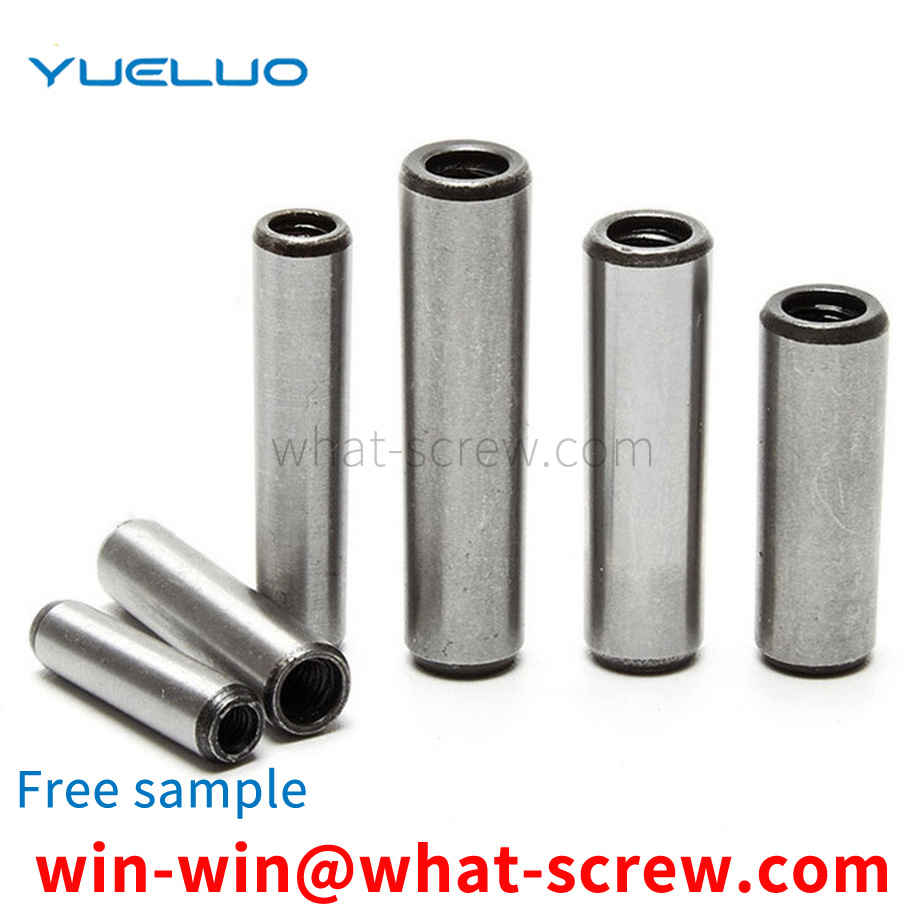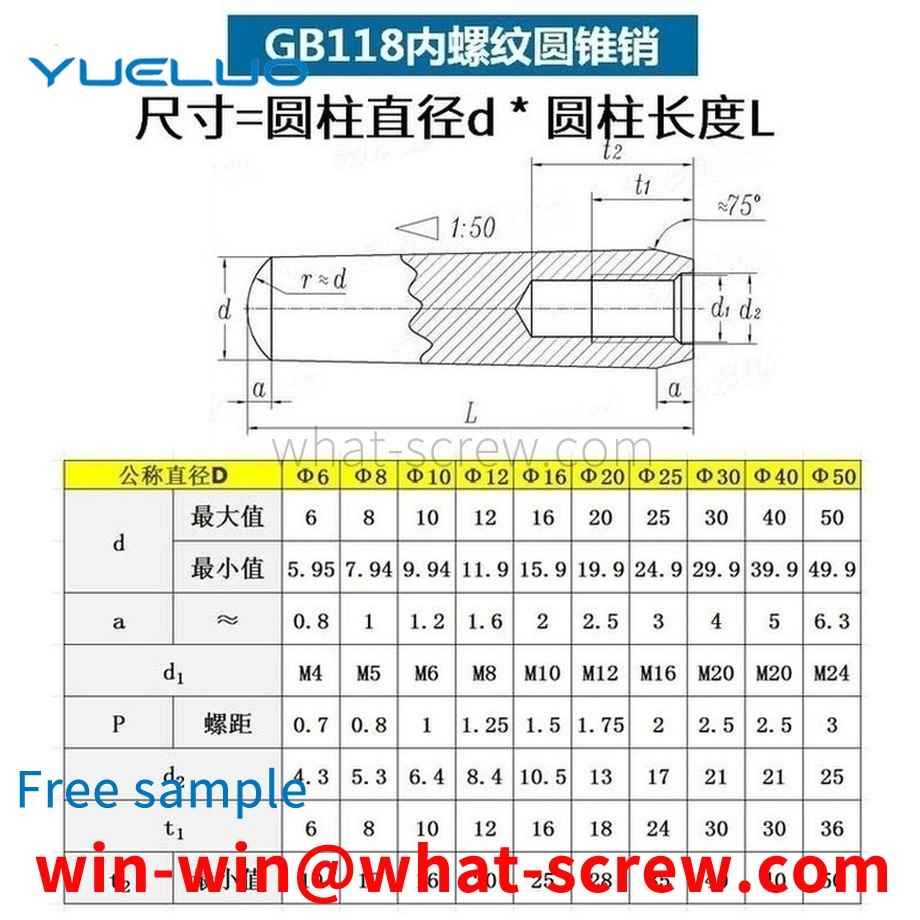2. Wall panel nails 1. Hardness of the heart: Standard: HRC24-45. 2. Surface hardness: Standard: HV600-800. 3. Carburized layer: 4#-6# 0.05-0.18mm, 8#-12#0.10-0.23, 14# 0.13-0.28. 4. Bending degree: the requirement is 150-450 5. Salt spray test: generally MIN 48h. 6. Torque: Specification 6#7#8#10# Torque 21283558. 3. Drilling screw 1. Hardness of the heart: Standard: HRC32-40 The actual measurement of the company's products is HRC31.7-39.0. 2. Surface hardness: Standard: HV600-700 The actual measurement of the company's products is about HV620. 3. Hard penetration layer: 4#-6#: 0.05-0.18mm 8#-12#: 0.10-0.23mm 14#: 0.15-0.28mm 4. Torque: specification, drill tail, screw, TYPE BSDTYPE CSDINCH-LBKG- CMINCH-LBKG-CM4# (2.9) 141614166# (3.5) 242824288# (4.2) 4248485510# (4.8) 6170657512# (5.5) 9210610011514# (6.3) 150173156180.
Stud bolts generally need to be surface treated. There are many types of bolt surface treatments. Generally, electroplating, blackening, oxidation, phosphating, and electroless zinc flake coating are commonly used. However, electroplated fasteners account for a large proportion of the actual use of fasteners. Especially in automobiles, tractors, home appliances, instrumentation, aerospace, communications and other industries and fields are more widely used. However, for threaded fasteners, not only a certain anti-corrosion capability is required in use, but also the interchangeability of threads must be ensured, which can also be called screwability here. In order to meet the dual-use performance of anti-corrosion and interchangeability required by threaded fasteners in use, it is very necessary to formulate special plating standards. [1] The GB/T5267.1-2002 [Threaded Fastener Electroplating Coating] standard is one of the national standards Fastener Surface Treatment series of standards, which include: GB/T5267.1-2002 [Fastener Electroplating Layer]; GB/T5267.2-2002 [Fastener electroless zinc flake coating] two standards. This standard is equivalent to the international standard ISO4042; 1999 [Threaded fastener electroplating layer]. This standard replaces the GB/T5267-1985 [Threaded Fastener Electroplating Coating] standard.
Washers (spring) washers, circlips are elastic pads or card lock washers a washer that prevents bolts from loosening. The working principle of lock washers is very simple. It consists of two washers. The outside is a radial relief surface, and the inside is a helical tooth surface. When assembling, the inner helical tooth surfaces are opposite each other, and the outer radial raised surface is engaged with the contact surfaces at both ends. When the connecting piece is vibrated and the bolt tends to loosen, only the inner helical tooth surfaces of the two washers are allowed to face each other. Staggered movement, resulting in lifting tension, so as to achieve 100% locking.
Existing wood screws are composed of a threaded portion with a tapered angle and arranged along a tapered stem and a screw head. The head of the screw can be a countersunk head, hemispherical, or other shapes, and the head of the screw has a groove that fits with the tool, a word groove, and a concave cross groove. The taper angle of existing wood screws is either 45 degrees or 60 degrees, and the front end of the taper angle is a pointed point formed by a rotating thread. The existing wood screws have the following three deficiencies in use. Because the taper angle is 45 degrees or 60 degrees, and the thread angle is 71 degrees, the resistance when entering the material is relatively large, so the existing wood screws are manually screwed. It is difficult to screw in, especially when it is used for hardwood materials, and it often happens that the groove of the screw head is screwed out; A large lateral moment will be formed when the screw is screwed, which is prone to the problem of deviation from the position; in addition, because the existing screw is tapered, it will be subjected to both radial force and axial force when entering the material, and its stress state It is more complicated, so it is easy to cause the cracked wood material to burst, and even cause the material to have longitudinal cracks and be unusable.
Hydraulic wrench or pulling method Use hydraulic torque wrench or puller to fasten large screws, which saves effort and has high precision. However, hydraulic tools are expensive, screws of different sizes need to be equipped with different wrenches, and now the hydraulic pullers in the world are generally only M160×6. If the screws are too large, special specifications or very few in number, it is extremely uneconomical to equip them with hydraulic tightening tools.
We have many years of experience in the production and sales of screws, nuts, flat washers, etc. The main products are: buckle hollow rivets, screw screw joints, SOO pressure riveting nuts, single-pass copper columns and other products, we can provide you with suitable fasteners for you. Firmware Solutions.



















 Service Hotline
Service Hotline




